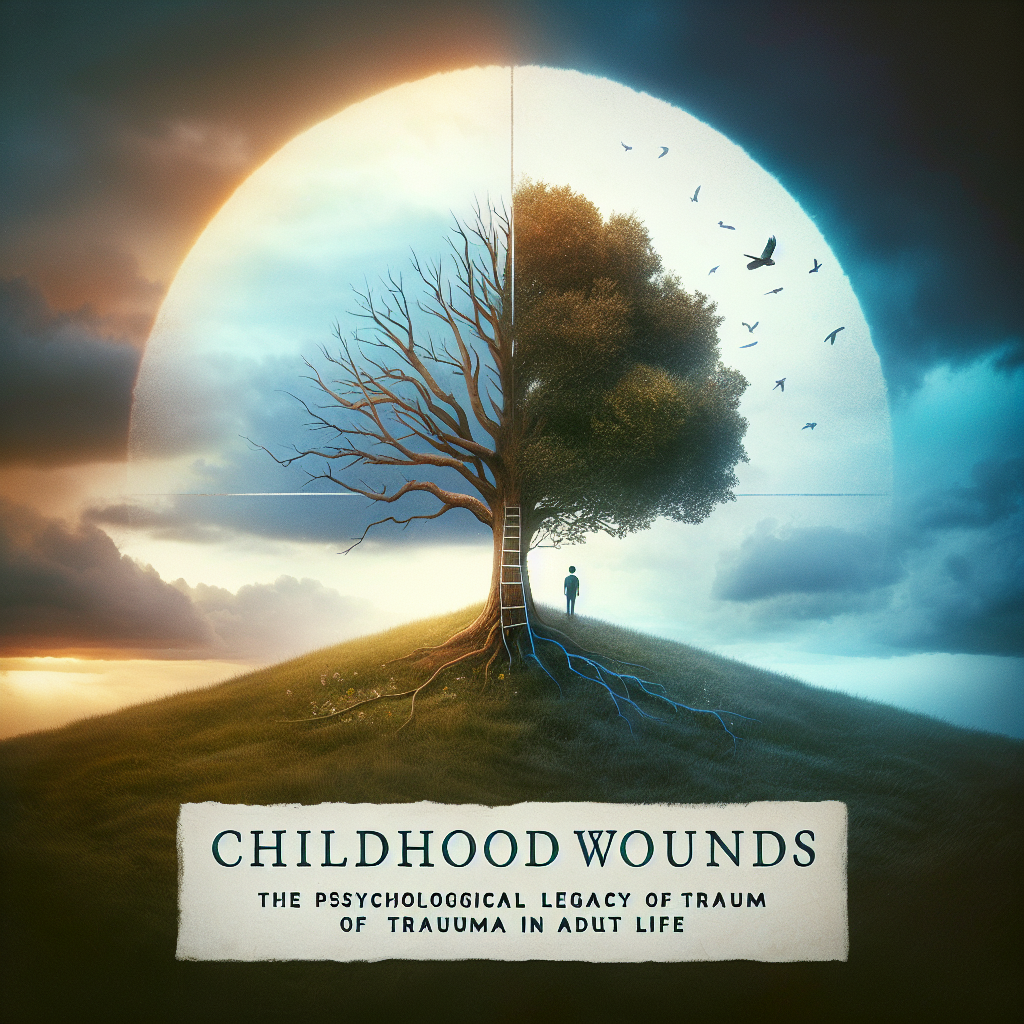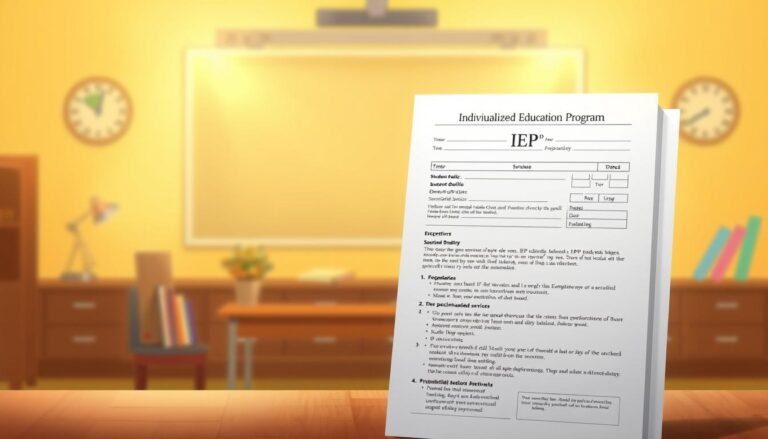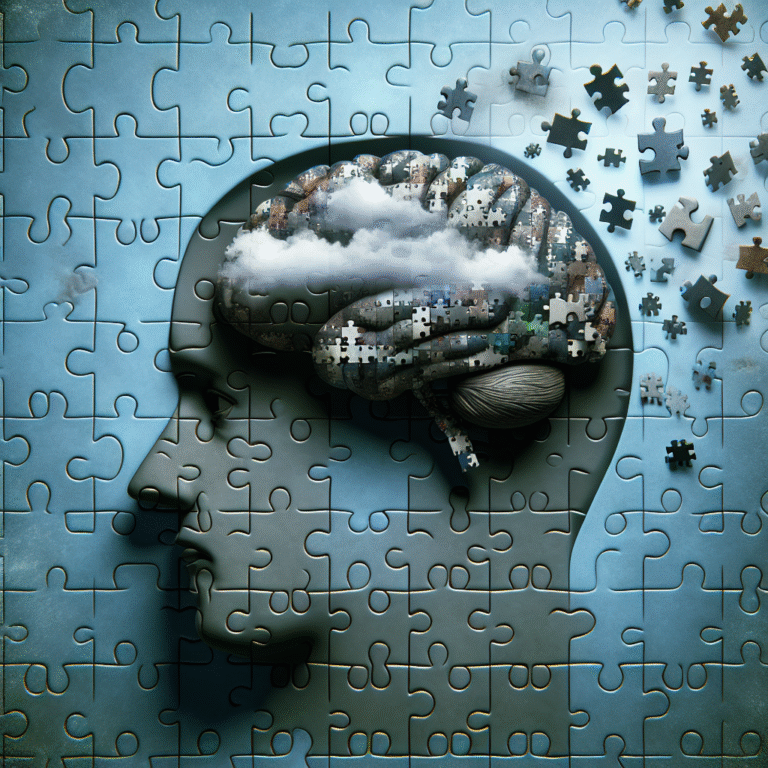
Childhood Wounds: The Psychological Legacy of Trauma in Adult Life – Unraveling the Path to Healing
Introduction
Have you ever felt like ghosts from your childhood continue to haunt your adult life? Many of us carry unaddressed pain from our formative years that shapes our relationships, self-esteem, and overall functionality as adults. Childhood wounds—those emotional scars left by trauma—can manifest in ways we might not even realize. Understanding Childhood Wounds: The Psychological Legacy of Trauma in Adult Life reveals not just the burdens we carry but also the pathways to heal and transform.
In this exploration, we’ll delve into the multifaceted impacts of childhood trauma and how they ripple through our adult lives. From shaping behaviors to influencing our mental health, these wounds can create entrenched patterns that may hinder our growth and relationships. By understanding this psychological legacy, we can arm ourselves with strategies for healing and reclaiming our lives.
Understanding Childhood Wounds
Defining Childhood Wounds
Childhood wounds refer to psychological scars left by negative experiences during early developmental stages. These can range from acute traumas, such as abuse or loss, to chronic stressors like neglect or emotional unavailability from caregivers. The impact can vary significantly among individuals, depending on factors such as resilience, support systems, and coping mechanisms.
Types of Childhood Trauma
- Physical Abuse: Involves inflicting physical harm, leading to a constant state of fear.
- Emotional Abuse: Includes verbal harm and manipulation, often resulting in deep-seated feelings of worthlessness.
- Neglect: Failure to provide basic emotional and physical needs can lead to feelings of abandonment and unworthiness.
- Loss: Experiencing the death of a parent or caregiver creates profound grief and a sense of insecurity.
Tackling Childhood Wounds: The Psychological Legacy of Trauma in Adult Life means recognizing which types of trauma have affected a person and understanding their lasting influences.
Case Study: John’s Story
John, a 35-year-old man, found himself struggling with intimate relationships. Despite his successes at work, he felt lonely and unworthy. Upon exploration in therapy, John revealed that he had been emotionally neglected as a child; his parents were consistently preoccupied with their problems. This neglect fostered a belief in him that he was unlovable, leading to self-sabotaging behavior in relationships.
Analysis
John’s case illustrates how neglect as a child manifested into adult emotional issues and relationship difficulties. By understanding this connection, John can start to unravel these patterns and work towards healing.
The Lasting Effects of Childhood Wounds
Psychological Impacts
The psychological legacy of childhood wounds can manifest as:
- Anxiety and Depression: Many individuals who experience childhood trauma report higher rates of anxiety and depressive disorders in adulthood.
- Low Self-Esteem: Childhood wounds can lead to persistent feelings of unworthiness and shame.
- Difficulty in Relationships: Trust issues and fear of intimacy can be direct results of childhood trauma.
Behavioral Patterns
Trauma can create maladaptive coping mechanisms in adults, such as:
- Substance Abuse: Individuals often use alcohol or drugs to numb emotional pain from childhood wounds.
- Perfectionism: Some might strive for unattainable standards to compensate for feelings of inadequacy.
- Avoidant Behavior: Individuals may isolate themselves to protect against further pain and rejection.
Case Study: Lisa’s Journey
Lisa, a 28-year-old woman, found herself trapped in cycles of unhealthy relationships. Her therapist uncovered that she had witnessed domestic violence during her childhood. This exposure led to an unconscious belief that love equated to pain, making her seek out toxic partnerships.
Analysis
Lisa’s story emphasizes that childhood experiences drastically shape adult relationship dynamics. Recognizing and addressing these patterns is vital for transformation and healing.
Pathways to Healing
Acknowledgment and Acceptance
Understanding one’s childhood wounds is the first step toward healing. Acknowledging these experiences without judgment allows individuals to differentiate their past from their present.
Professional Help
Seeking therapy from a qualified mental health professional is essential for addressing profound wounds. Various therapeutic modalities, such as Cognitive Behavioral Therapy (CBT) and Eye Movement Desensitization and Reprocessing (EMDR), can aid in processing trauma.
Building Healthy Relationships
Establishing supportive relationships can significantly influence healing. Surrounding oneself with understanding, patient individuals helps create a safe space for vulnerability and growth.
Self-Compassion and Mindfulness
Practicing self-compassion involves treating oneself with kindness rather than judgment. Mindfulness techniques can facilitate a deeper understanding of one’s emotions and promote emotional regulation.
Case Study: Mark’s Transformation
Mark, a 42-year-old, embarked on a journey of self-discovery after confronting his fear of intimacy rooted in childhood trauma. Through therapy and mindfulness practices, he learned to establish healthy boundaries and communicate effectively in relationships.
Analysis
Mark’s transformation highlights the importance of self-compassion and professional guidance in overcoming Childhood Wounds: The Psychological Legacy of Trauma in Adult Life.
Conclusion
Understanding Childhood Wounds: The Psychological Legacy of Trauma in Adult Life can empower individuals to confront their pasts, recognize detrimental patterns, and strive towards healing. While the scars may linger, the journey of healing can lead to transformative growth and healthier relationships.
Actionable Insights
- Seek Therapy: Find a professional who specializes in trauma.
- Practice Mindfulness: Engage in techniques that enhance self-awareness and emotional regulation.
- Cultivate Supportive Networks: Surround yourself with compassion and understanding.
FAQs
1. What are some common signs of childhood wounds in adults?
Common signs include anxiety, depression, low self-esteem, and difficulty in forming healthy relationships.
2. Can childhood trauma be fully healed?
While the scars may remain, individuals can learn to manage and cope with their trauma effectively, leading to healing and healthier living.
3. How can I start addressing my childhood wounds?
Starting by acknowledging your feelings and seeking the help of a qualified therapist can be immensely beneficial.
4. Are there self-help strategies for dealing with childhood wounds?
Yes! Mindfulness, journaling, and developing self-compassion are effective self-help strategies.
5. Does childhood trauma affect physical health?
Absolutely. Research shows that childhood trauma can lead to chronic physical conditions due to the prolonged stress response.
By embracing our past and working towards understanding and healing, we can transform our lives and foster healthier connections. Let your journey start today!
















